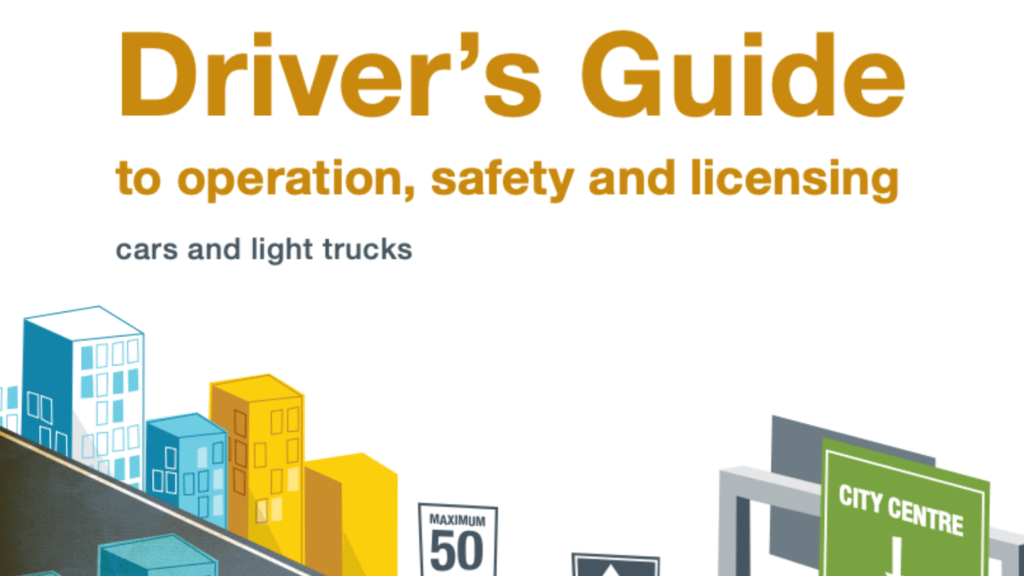The Newfoundland and Labrador Commercial Class 3 Driving Test
Part 3
The Newfoundland and Labrador Class 3 Driving Test is a crucial step for individuals who want to obtain a Class 3 commercial driver’s license (CDL) in the province of The Newfoundland and Labrador, Canada. A Class 3 CDL allows you to operate various types of commercial vehicles, including tractor-trailers, semi-trucks, and other large vehicles. Passing this test requires a good understanding of safe driving practices, regulations, and specific skills related to commercial driving.
Driver's Handbook
The Newfoundland and Labrador Class 3 Knowledge Handbook is your indispensable companion on the journey to becoming a safe and informed driver. It offers a wealth of information, making it easier for you to understand and adhere to road rules and safety guidelines. So, before you hit the road, grab your copy, study it diligently, and confidently embark on your driving adventure in Canada.

Watch our Videos
The Newfoundland and Labrador Class 3 Driving Knowledge Test videos are your key to conquering the written exam. With engaging visuals, expert explanations, and practice opportunities, these videos will help you prepare efficiently and with confidence. So, don’t stress about your upcoming test—watch our video guide and cruise smoothly towards success.
